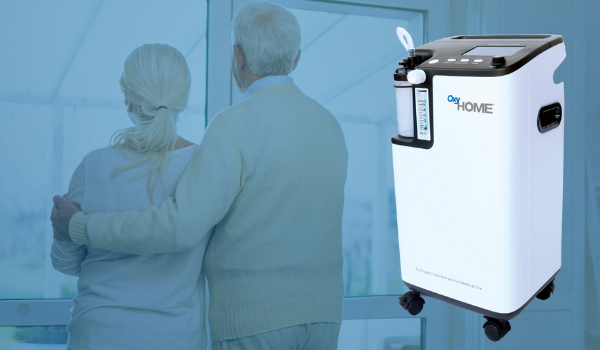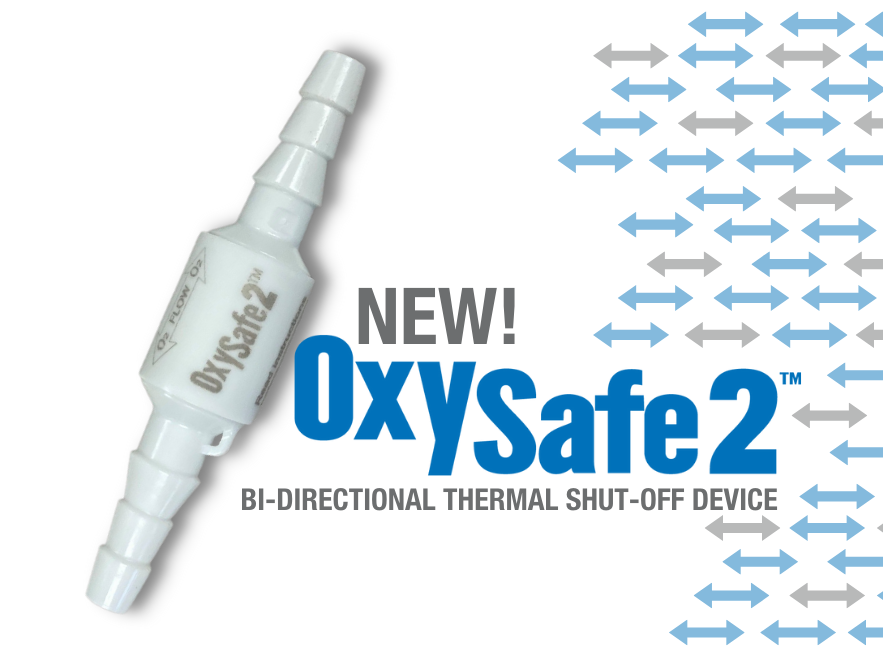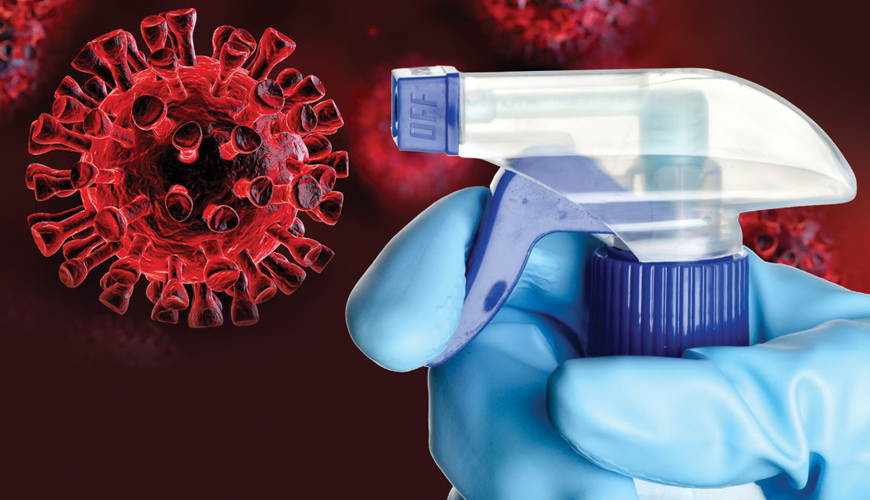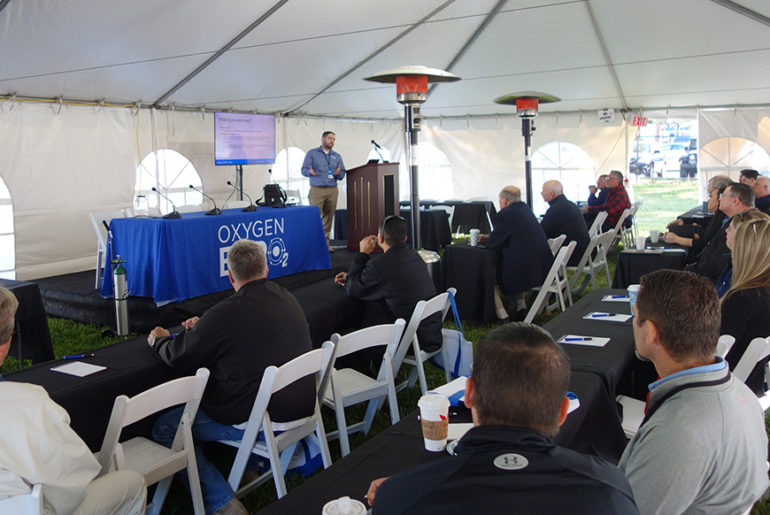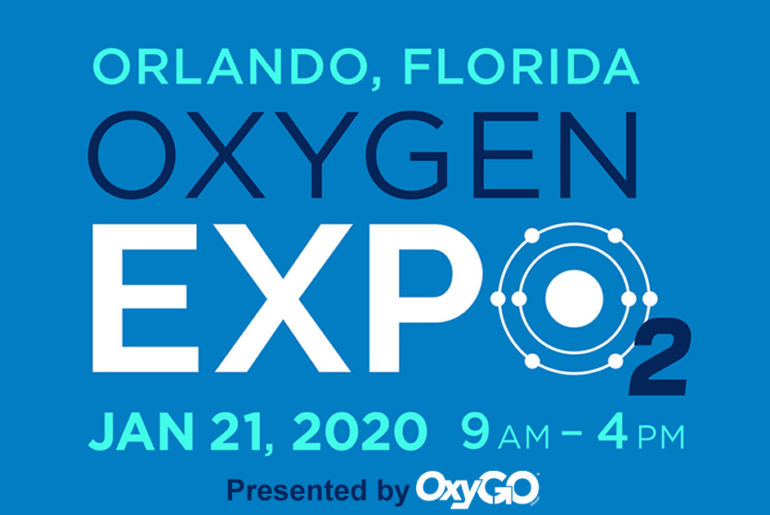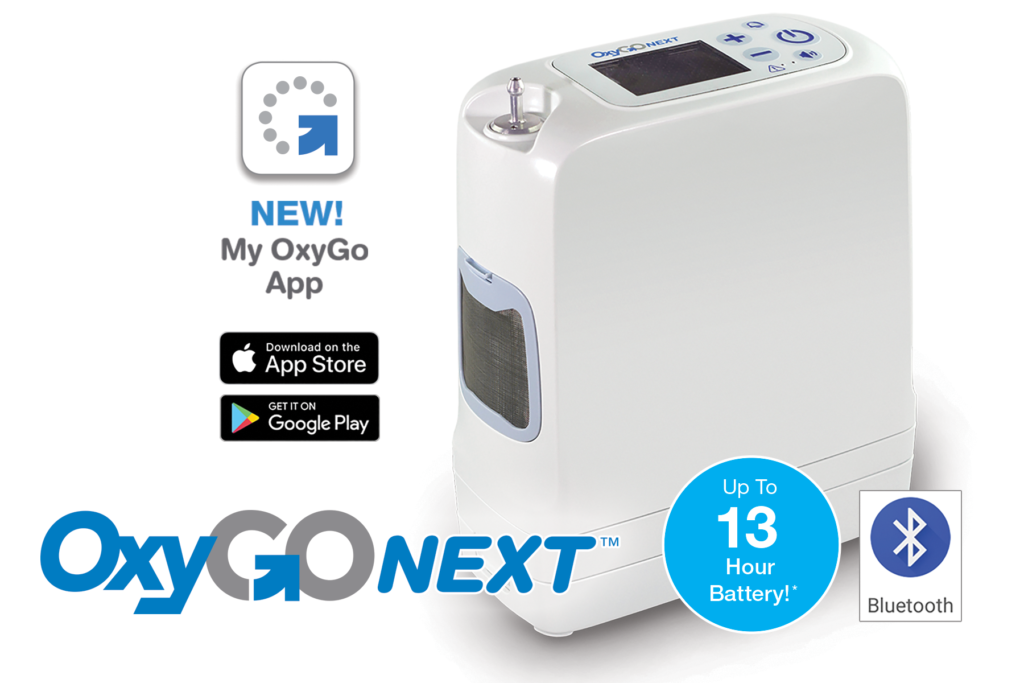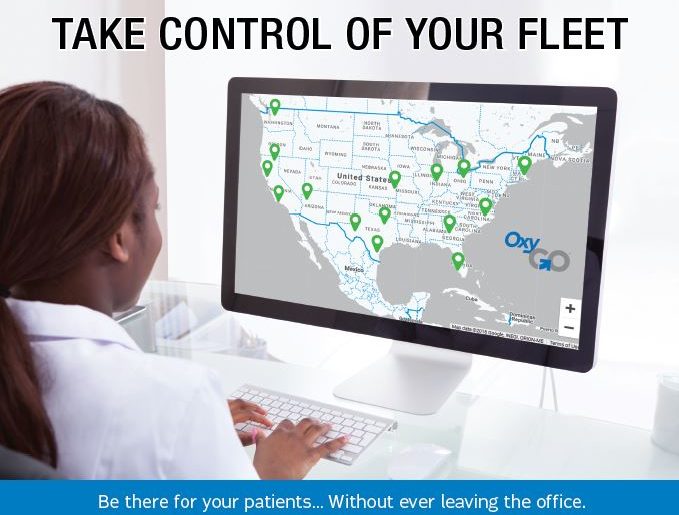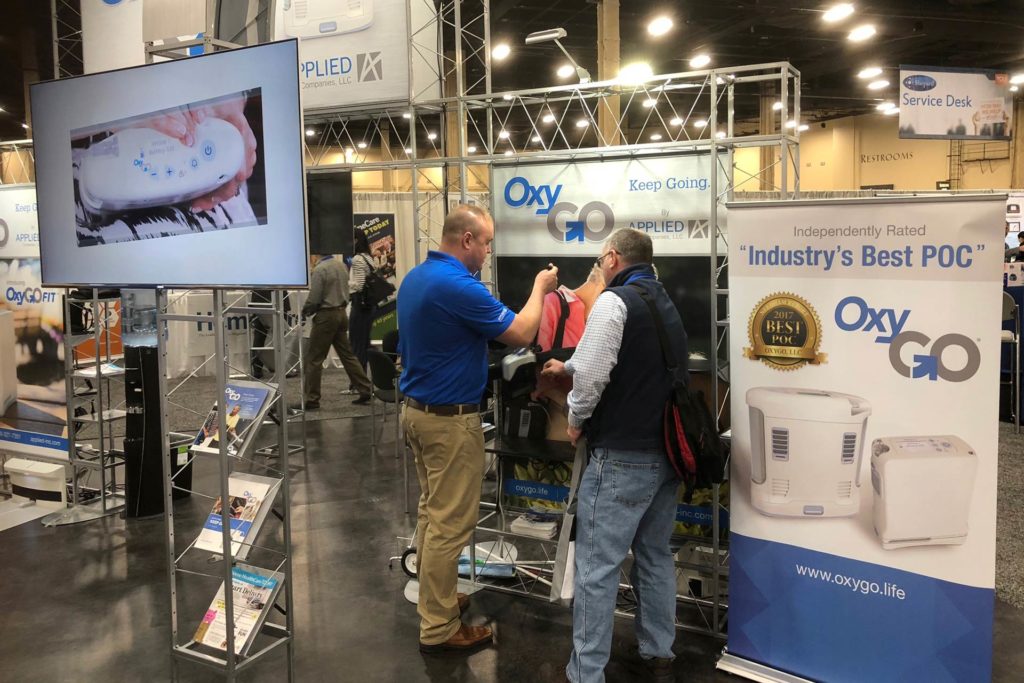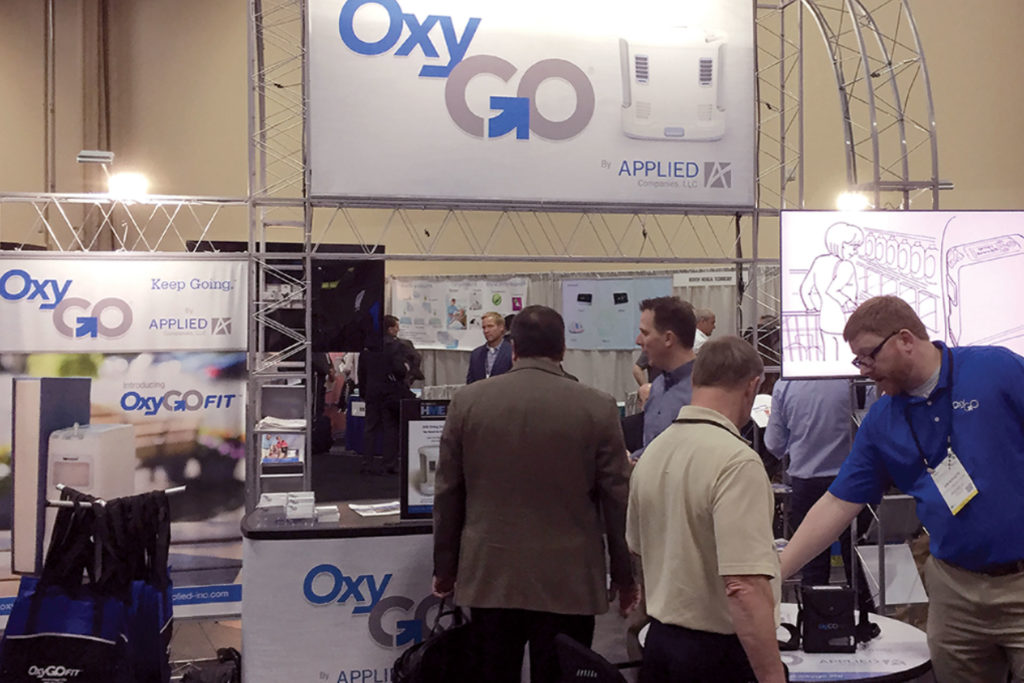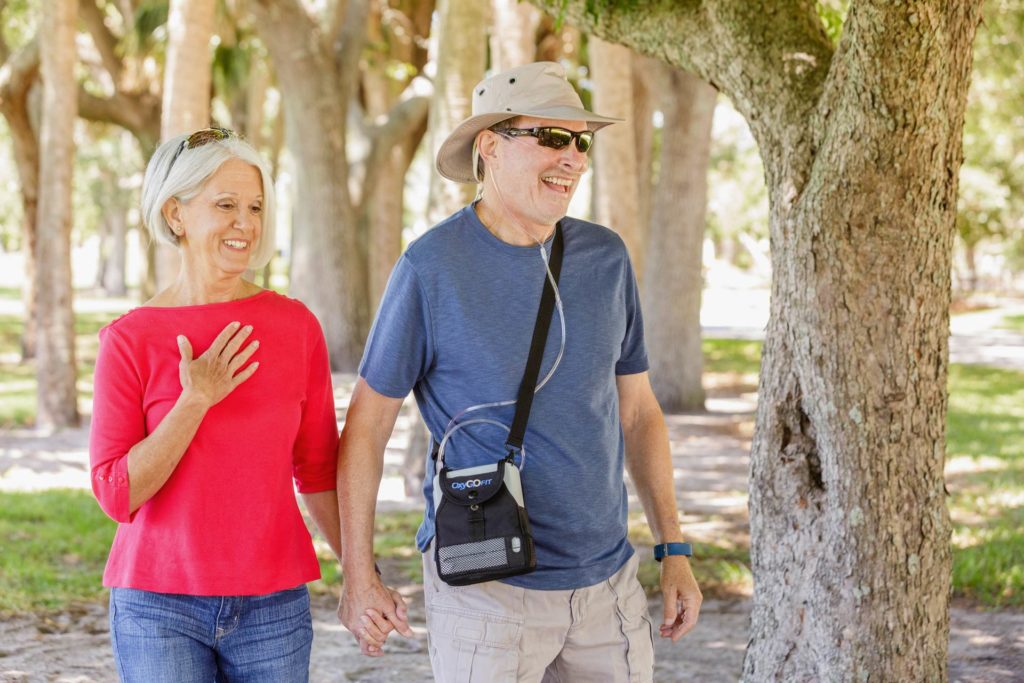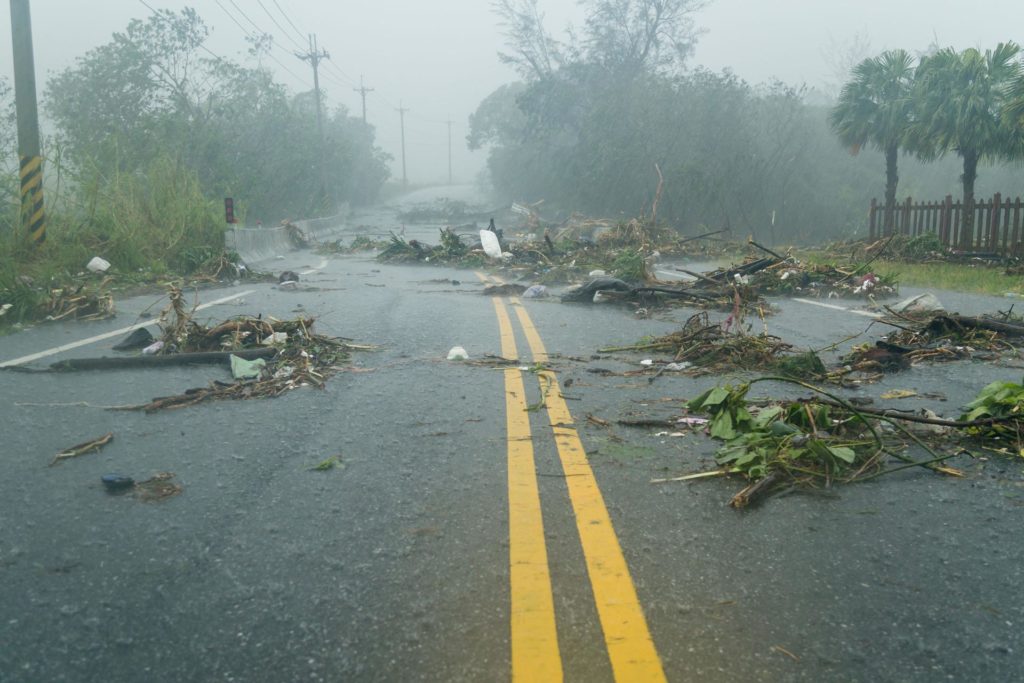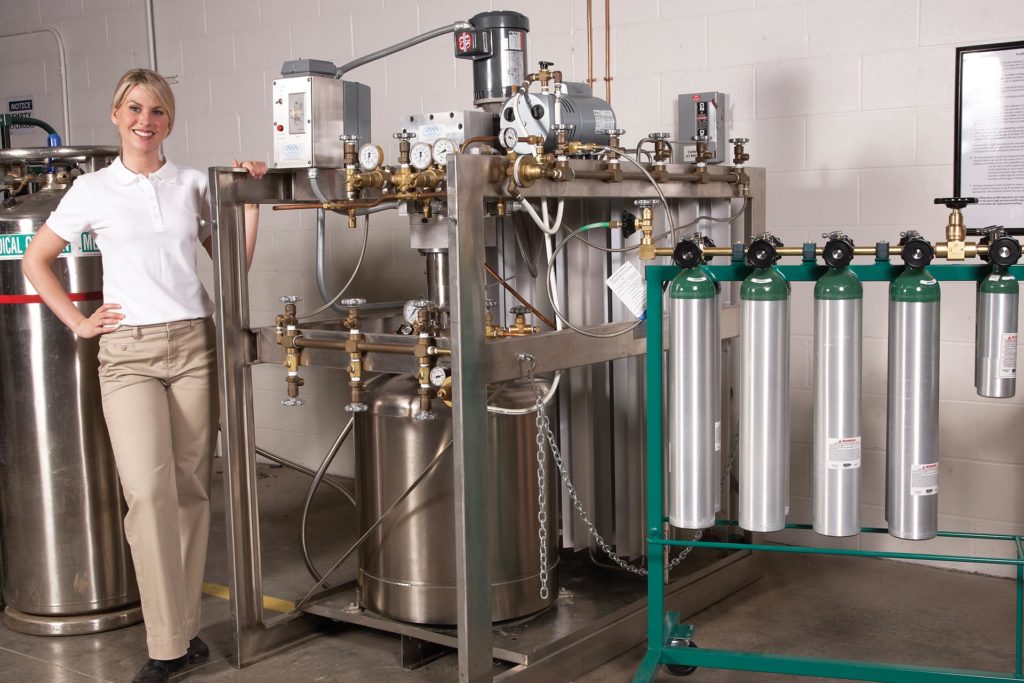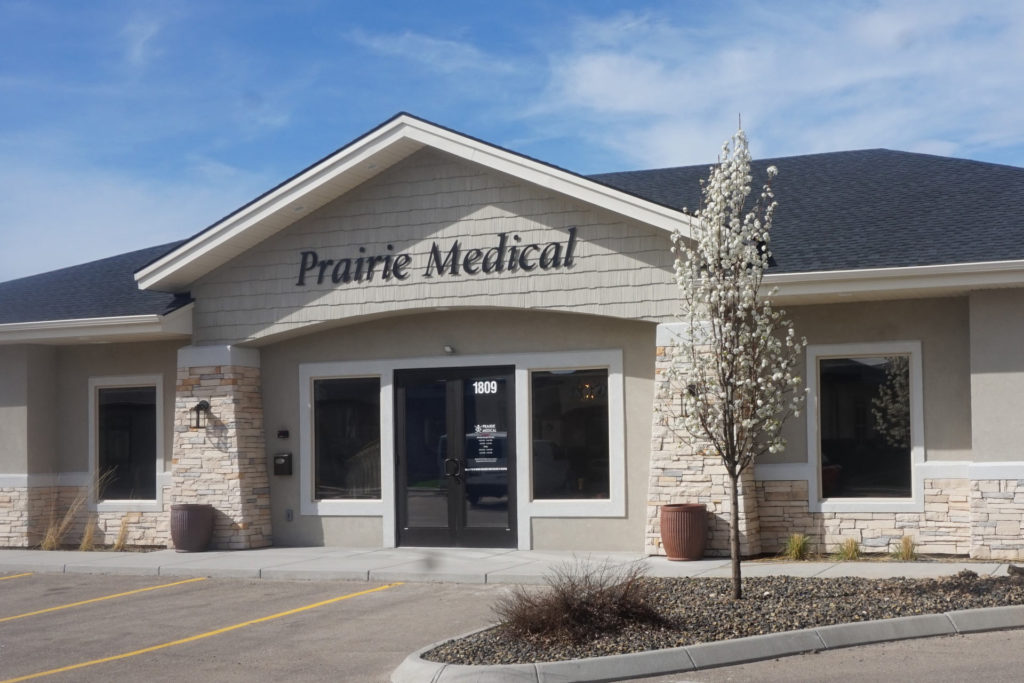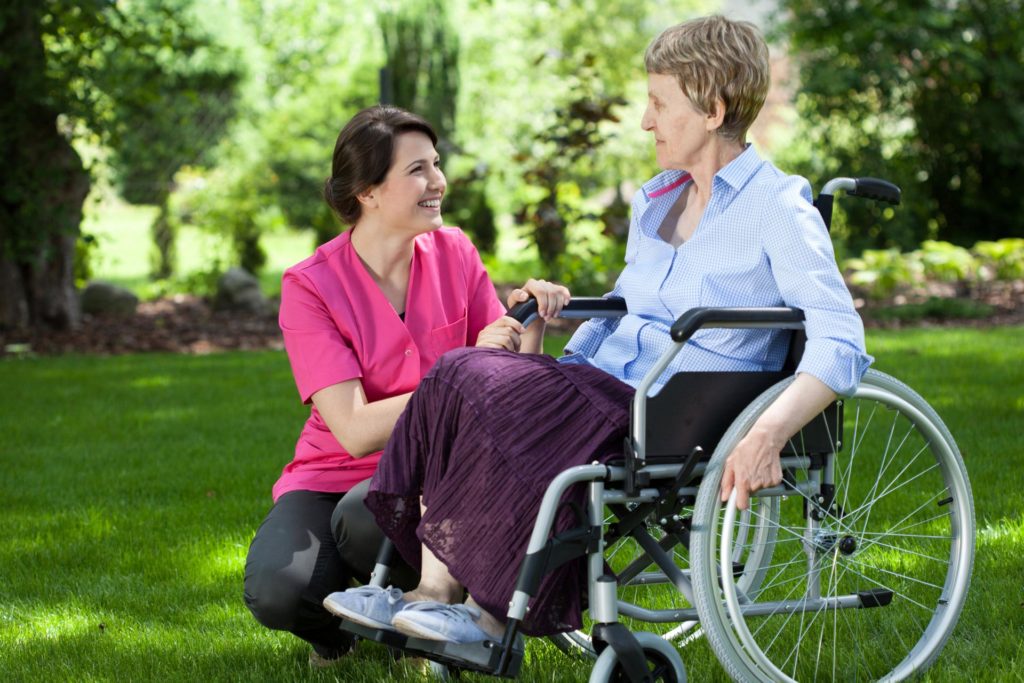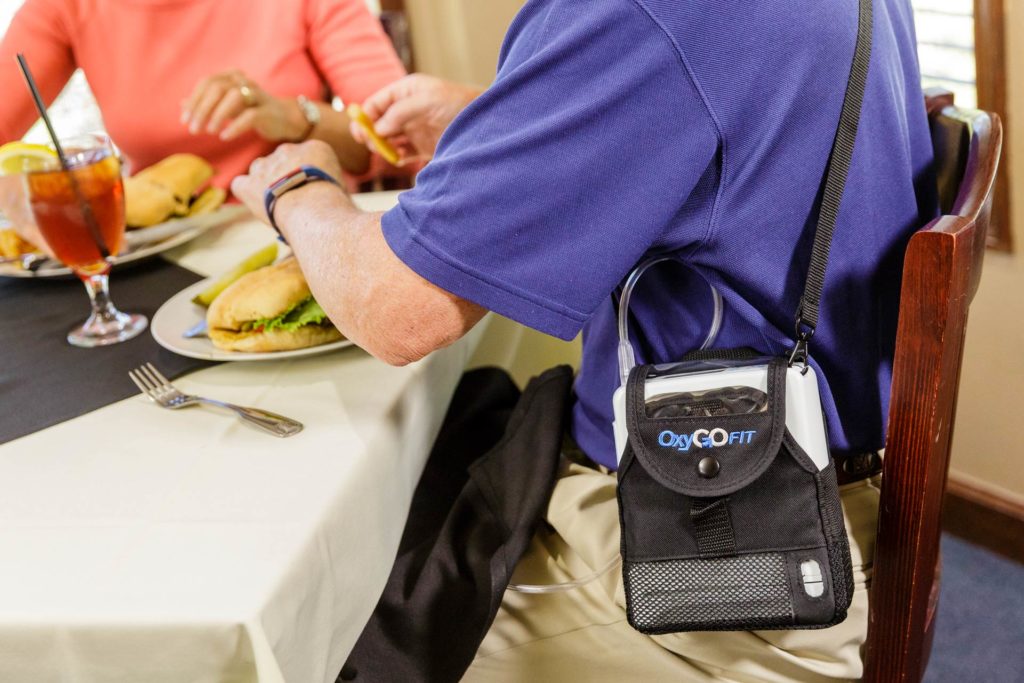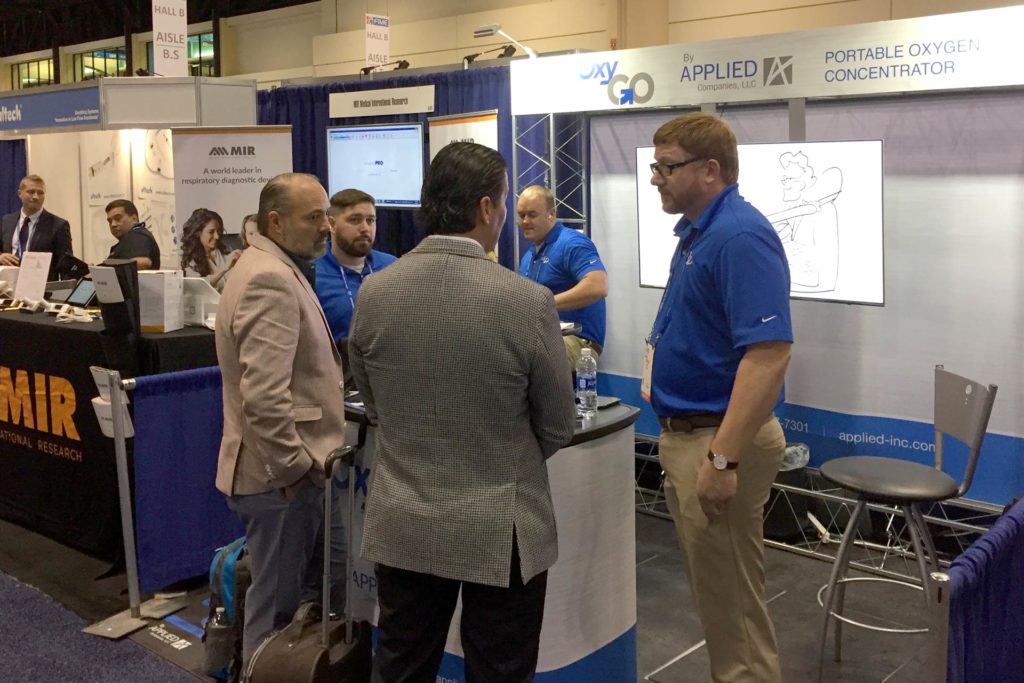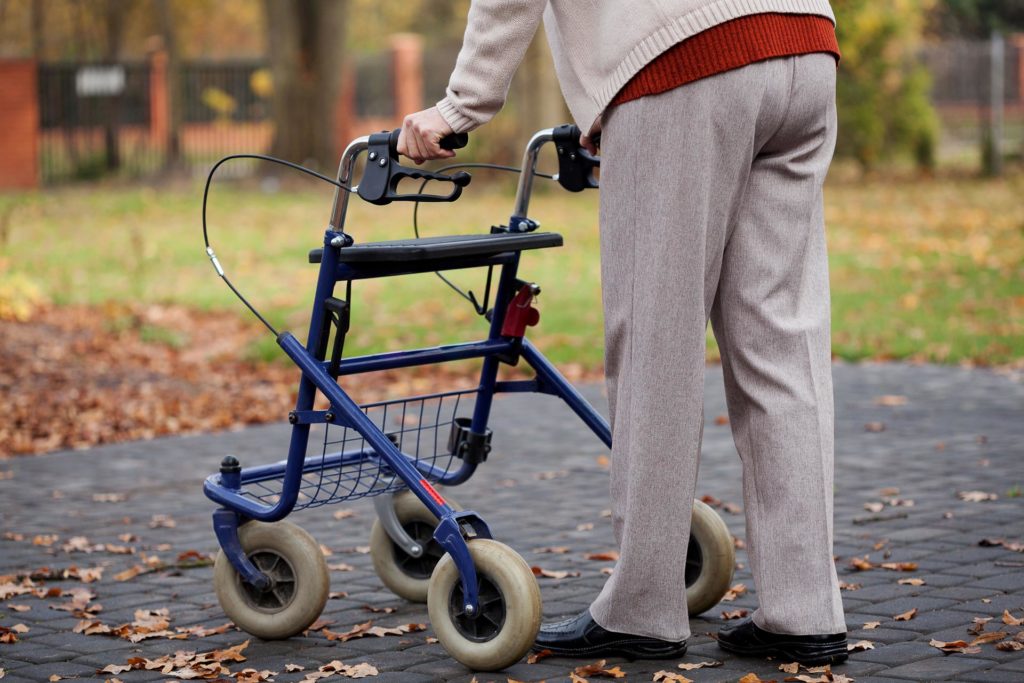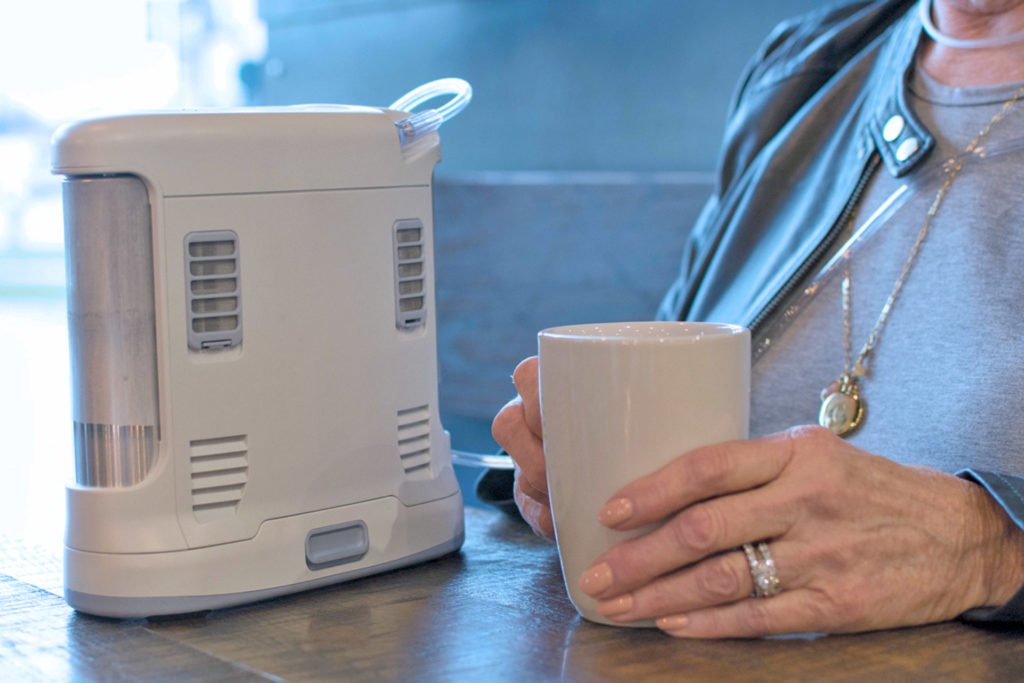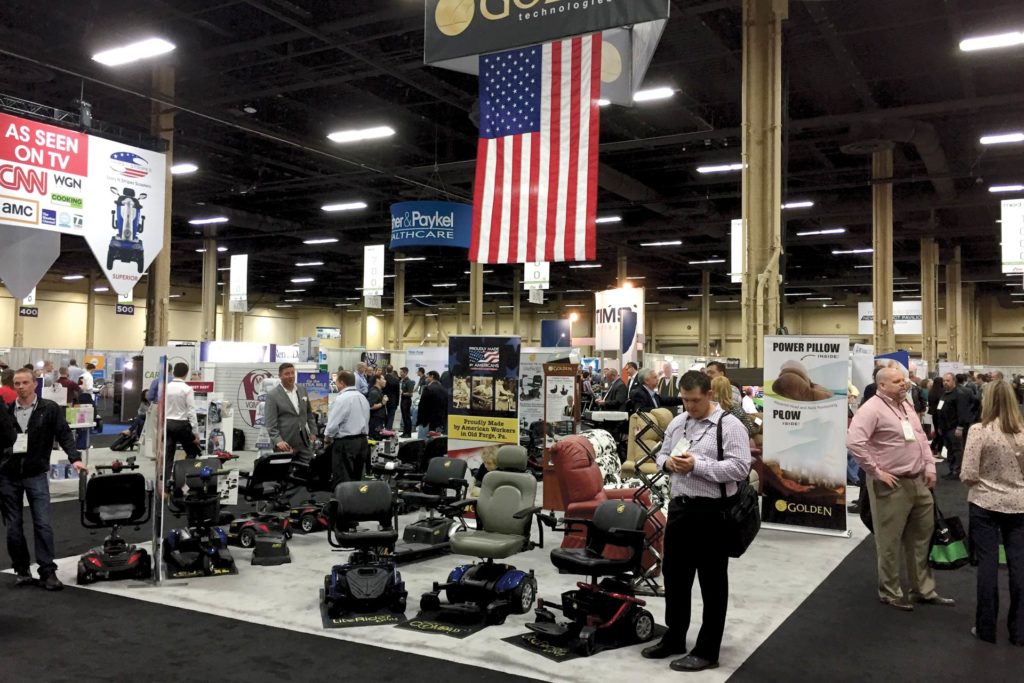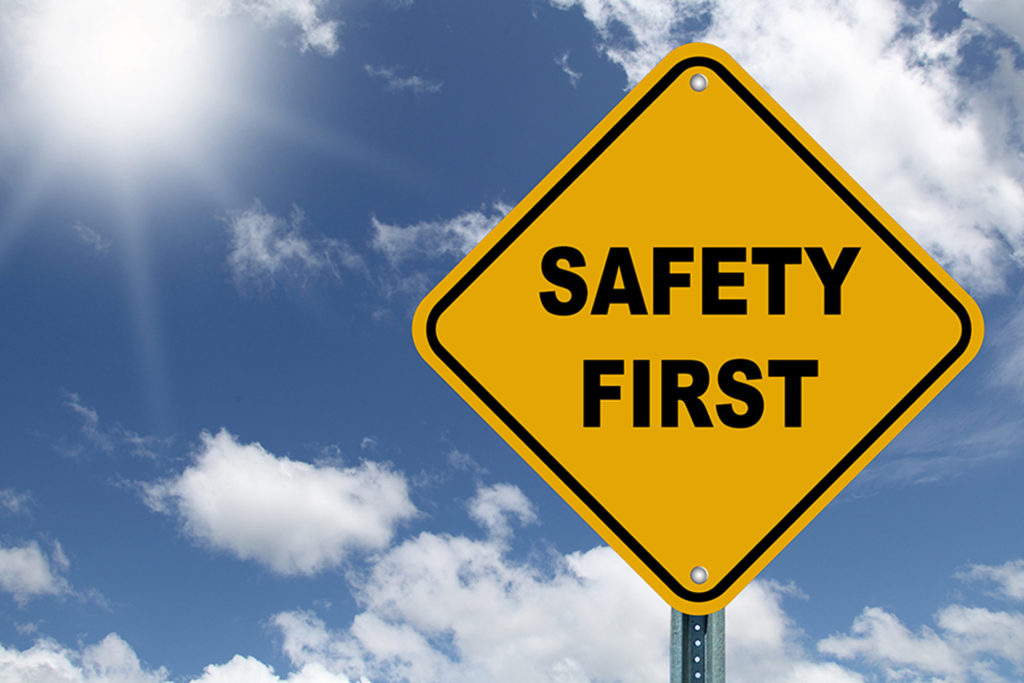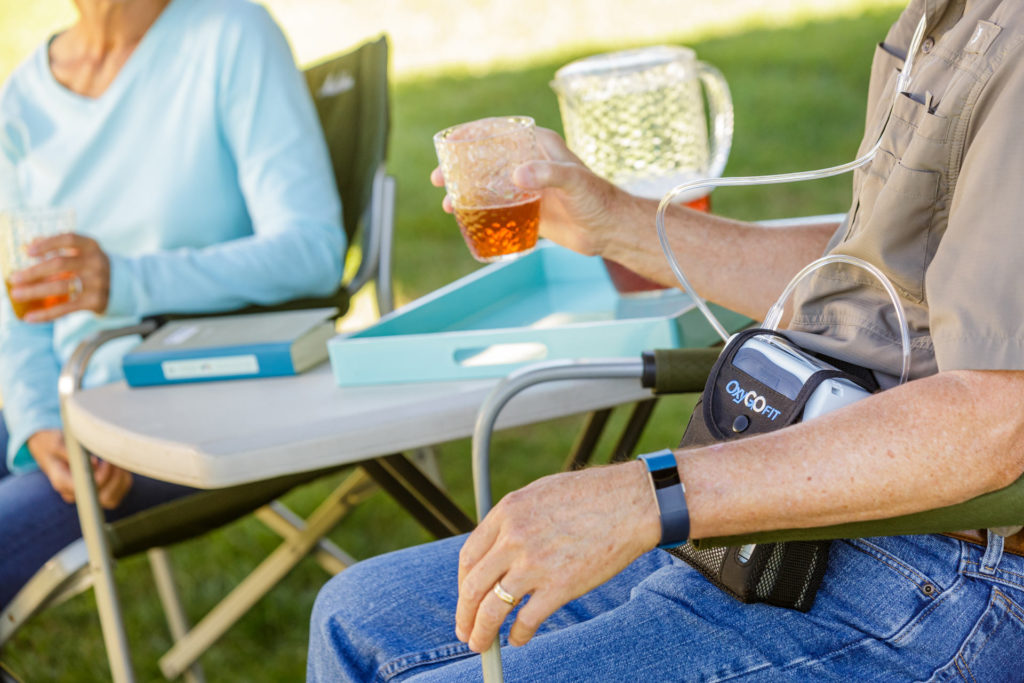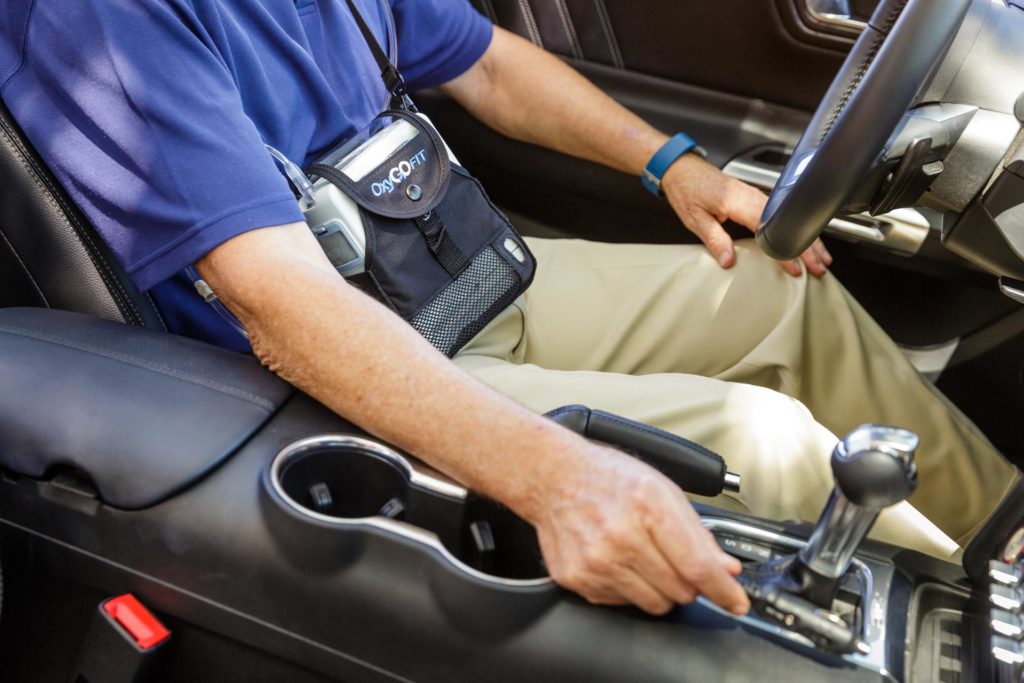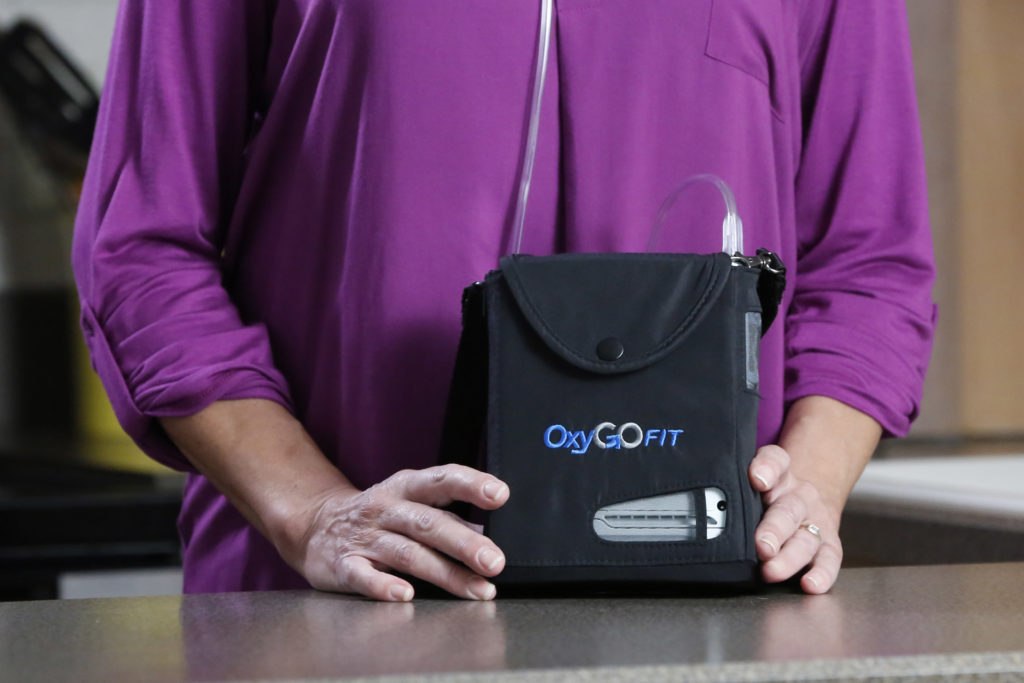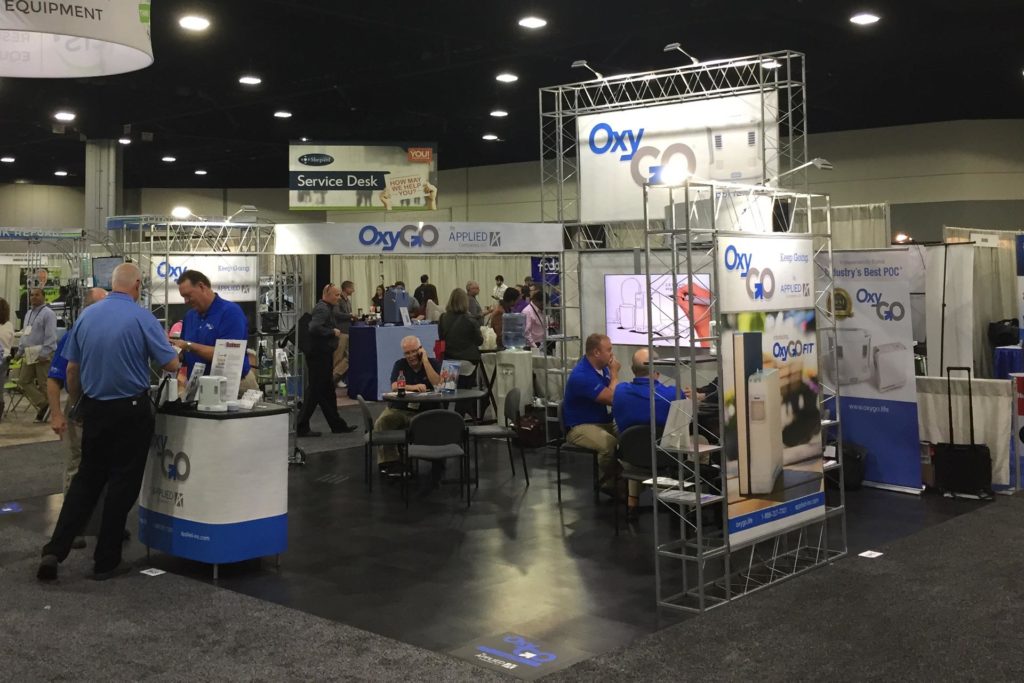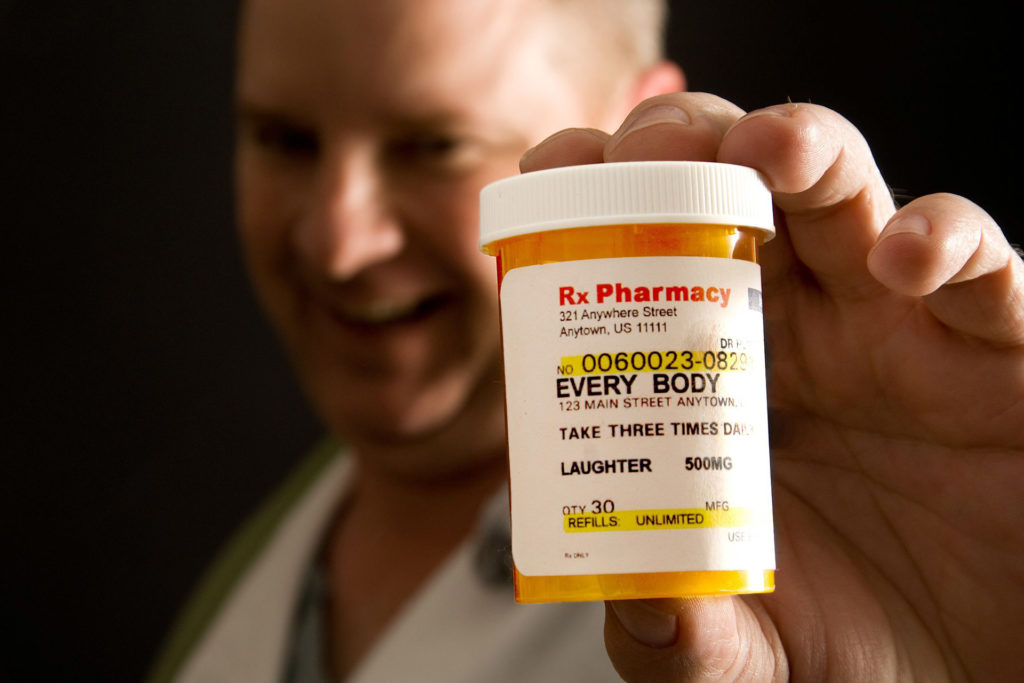OxyGo Announces Launch of New OxyHome Stationary Concentrator
OxyGo is proud to announce the launch of their latest product, the OxyHome 5L Stationary
Applied Announces New FDA Drug Reporting Service
Applied Home Healthcare Equipment, a long-trusted resource for oxygen filling, technical and regulatory support for DME and HME providers, has announced the launch of their new drug reporting
Applied Announces Launch of OxySafe2
Westlake, OH – August 18, 2021 – Applied Home Healthcare Equipment, a long-trusted resource for oxygen filling, technical and regulatory support for DME and HME providers, has announced the release of their newest model of their popular thermal shut-off device OxySafe2™. The new version provides two directional protection against oxygen fires caused by patients smoking, using candles, stove-top ranges or other open flames while receiving oxygen therapy. Such fires are particularly prevalent in situations where oxygen therapy is provided in the home environment where there is limited patient supervision, though it may occur in environments like healthcare facilities and nursing homes. Jim Christ General Manager of Applied Home Healthcare Equipment said “OxySafe has always been an important and reliable device for our providers who want to protect their patients from the dangers of home oxygen fires. We are excited to introduce this product line improvement to the OxySafe in order to help in the mitigation of oxygen fires.” OxySafe2 is a thermal fuse designed to stop the flow of gas in the event that the downstream cannula or supply tube is ignited, and will meet VA, ISO and other regulatory requirements. With OxySafe2, the PVC tube is incline
OxyGo Acquires LIFE Corporation
OxyGo LLC, a leader in lightweight portable oxygen concentrators, has acquired LIFE® Corporation, a manufacturer of medical devices that specializes in portable Emergency Oxygen and CPR administration
Oxygen EXPO2 2021 - A Virtual Event
OxyGo, a company noted for providing high quality home healthcare oxygen products, announced that it will host its second annual Oxygen EXPO2. The EXPO2 will have sessions hosted by experts focused on the future of respiratory in the home health
When You Should Not Use Social Media
Many of us who grew up working summer jobs in defense or other types of factories may remember seeing signs that had dire warnings to keep what we saw confidential. One of my favorite books about WW2 summed up the danger succinctly by showing a poster that was ubiquitous throughout the war years. It contained just four words: “Loose Lips Sink Ships.” Flash forward to today. Pre-COVID, I enjoyed taking plant tours whenever I could. But I noticed that, especially when it was a tour of a pharmaceutical or other medical equipment manufacturer, I was asked to leave my cell phone with a guard. This is because what I was seeing on those plant tours was valuable information that needed to be protected. Today’s version of loose lips is often transmitted unwittingly through social media. There are lots of very good reasons to use Social Media, including promoting products, services or causes you are fond of. However, Social Media also comes with lots of red blinking lights. You should know where to look for them. This article focuses on when, what, and why you and your family shouldn’t Social Media. First, you must accept that if you or someone you know has something of value, someone wants it. If you discuss it on social media, you let the whole world in on your thoughts. That “someone” could be a criminal, criminal gang, or other nefarious group determined to steal your money or ideas. S
COVID-19 Resources: Keep It Clean
With the number of maintenance chemicals and standards out there, it can be a little overwhelming trying to figure out what's the right chemical to use on your equipment. There are two types of cleaning that are pertinent for oxygen equipment, cleaning and disinfecting with oxygen compatible cleaners and cleaning equipment for oxygen service. 1. Cleaning with oxygen-compatible cleaners Oxygen can react with any residue, particles, dirt, oil, grease or other contaminants that are left on the surface of equipment which is in direct contact with oxygen, such as the cylinder valve or surface. The body of a cylinder or a regulator for example, should be cleaned with chemicals that will leave no residue behind that may cause an interaction with oxygen that may result in combustion. 2. Cleaning equipment for oxygen service Surfaces that come into direct contact with oxygen, such as the valve opening on a cylinder, the inside of a cylinder or an oxygen connection must not only be cleaned with an oxygen compatible cleaner, but also with special equipment and processes to ensure that the surface has no particles left behind. If there are even small particles on the wetted surfaces such as the valve, the speed of the oxygen flowing through the valve, could ignite the particles. The
Portable Oxygen Concentrators: What are they and how do they work?
Portable oxygen concentrators, or POCs, are lightweight medical devices that dispense oxygen while being highly portable. They allow those prescribed medical oxygen to carry their own oxygen supply with them wherever they go, eliminating dependence on bulky and heavy oxygen tanks. The lightest POC on the market, the OxyGo FIT, weighs just 2.8 pounds. In the past decade POCs have made an enormous contribution to the effectiveness of oxygen delivery therapy. They are easier for patients to use and less expensive for providers to service. Before their development, patients needing oxygen at home depended on heavy oxygen tanks to dispense their oxygen. They were tethered to these tanks and could not leave home easily. Their only option to get out of the house was to attach themselves to smaller oxygen tanks on wheels and drag those tanks around with them. Such tanks can still be used today but they are obtrusive, call attention to the person using them and have restrictions as to where they can be taken. POCs have become an oxygen patient’s gateway to freedom. They do this by making their own oxygen from the air around them. POCs often enable oxygen patients to enjoy activities and exercises that were difficult or not possible while using oxygen tanks. This gives these patients a welcome sense of freedom that enhances their quality of life. Studies show that POCs help patients live longer lives by promoting mobility and exercise
Oxygen EXPO2 is Big Hit in Orlando
DMEs from Oklahoma, Texas, Florida and across the country attended Oxygen EXPO2 in Orlando, FL on Jan 21st of this year. The expo, subtitled The NEXT Tech in Ambulatory Oxygen, gave DME providers an opportunity to learn about the latest homecare oxygen trends and market opportunities. “We are all about technology and innovation, so being able to host an event like this where we can share our knowledge and help contribute to the industry is a great opportunity,” said OxyGo CEO Victoria Marquard-Schultz. The one-day conference covered topics such as the future of portable oxygen, oxygen safety, finding assets and revenues in a connected DME market, and leveraging social media to increase patient retail and referrals. The keynote address was on advances in pulmonary medicine and was given by Franck Rahaghi, MD, MH, FCCP, Director of Respiratory Care at Cleveland Clinic Florida Hospital and Clinic. Dr. Rahaghi spoke about advances in pulmonary care and the importance of getting patients to move and exercise as part of their treatment referencing the American Lung Association’s famous slogan, “If you can’t breathe, nothing else matters.” “POCs and their tankless delivery of oxygen are giving patients their freedom back,” he said, “while improving their quality of life and overall sense of happiness.” He said that ambulation could increase the life expectancy of patients on oxygen by
Blog
OxyGo Announces Launch of New OxyHome Stationary Concentrator
OxyGo is proud to announce the launch of their latest product, the OxyHome 5L Stationary
Applied Announces New FDA Drug Reporting Service
Applied Home Healthcare Equipment, a long-trusted resource for oxygen filling, technical and regulatory support for DME and HME providers, has announced the launch of their new drug reporting
Applied Announces Launch of OxySafe2
Westlake, OH – August 18, 2021 – Applied Home Healthcare Equipment, a long-trusted resource for oxygen filling, technical and regulatory support for DME and HME providers, has announced the release of their newest model of their popular thermal shut-off device OxySafe2™. The new version provides two directional protection against oxygen fires caused by patients smoking, using candles, stove-top ranges or other open flames while receiving oxygen therapy. Such fires are particularly prevalent in situations where oxygen therapy is provided in the home environment where there is limited patient supervision, though it may occur in environments like healthcare facilities and nursing homes. Jim Christ General Manager of Applied Home Healthcare Equipment said “OxySafe has always been an important and reliable device for our providers who want to protect their patients from the dangers of home oxygen fires. We are excited to introduce this product line improvement to the OxySafe in order to help in the mitigation of oxygen fires.” OxySafe2 is a thermal fuse designed to stop the flow of gas in the event that the downstream cannula or supply tube is ignited, and will meet VA, ISO and other regulatory requirements. With OxySafe2, the PVC tube is incline
OxyGo Acquires LIFE Corporation
OxyGo LLC, a leader in lightweight portable oxygen concentrators, has acquired LIFE® Corporation, a manufacturer of medical devices that specializes in portable Emergency Oxygen and CPR administration
Oxygen EXPO2 2021 - A Virtual Event
OxyGo, a company noted for providing high quality home healthcare oxygen products, announced that it will host its second annual Oxygen EXPO2. The EXPO2 will have sessions hosted by experts focused on the future of respiratory in the home health
When You Should Not Use Social Media
Many of us who grew up working summer jobs in defense or other types of factories may remember seeing signs that had dire warnings to keep what we saw confidential. One of my favorite books about WW2 summed up the danger succinctly by showing a poster that was ubiquitous throughout the war years. It contained just four words: “Loose Lips Sink Ships.” Flash forward to today. Pre-COVID, I enjoyed taking plant tours whenever I could. But I noticed that, especially when it was a tour of a pharmaceutical or other medical equipment manufacturer, I was asked to leave my cell phone with a guard. This is because what I was seeing on those plant tours was valuable information that needed to be protected. Today’s version of loose lips is often transmitted unwittingly through social media. There are lots of very good reasons to use Social Media, including promoting products, services or causes you are fond of. However, Social Media also comes with lots of red blinking lights. You should know where to look for them. This article focuses on when, what, and why you and your family shouldn’t Social Media. First, you must accept that if you or someone you know has something of value, someone wants it. If you discuss it on social media, you let the whole world in on your thoughts. That “someone” could be a criminal, criminal gang, or other nefarious group determined to steal your money or ideas. S
COVID-19 Resources: Keep It Clean
With the number of maintenance chemicals and standards out there, it can be a little overwhelming trying to figure out what's the right chemical to use on your equipment. There are two types of cleaning that are pertinent for oxygen equipment, cleaning and disinfecting with oxygen compatible cleaners and cleaning equipment for oxygen service. 1. Cleaning with oxygen-compatible cleaners Oxygen can react with any residue, particles, dirt, oil, grease or other contaminants that are left on the surface of equipment which is in direct contact with oxygen, such as the cylinder valve or surface. The body of a cylinder or a regulator for example, should be cleaned with chemicals that will leave no residue behind that may cause an interaction with oxygen that may result in combustion. 2. Cleaning equipment for oxygen service Surfaces that come into direct contact with oxygen, such as the valve opening on a cylinder, the inside of a cylinder or an oxygen connection must not only be cleaned with an oxygen compatible cleaner, but also with special equipment and processes to ensure that the surface has no particles left behind. If there are even small particles on the wetted surfaces such as the valve, the speed of the oxygen flowing through the valve, could ignite the particles. The
Portable Oxygen Concentrators: What are they and how do they work?
Portable oxygen concentrators, or POCs, are lightweight medical devices that dispense oxygen while being highly portable. They allow those prescribed medical oxygen to carry their own oxygen supply with them wherever they go, eliminating dependence on bulky and heavy oxygen tanks. The lightest POC on the market, the OxyGo FIT, weighs just 2.8 pounds. In the past decade POCs have made an enormous contribution to the effectiveness of oxygen delivery therapy. They are easier for patients to use and less expensive for providers to service. Before their development, patients needing oxygen at home depended on heavy oxygen tanks to dispense their oxygen. They were tethered to these tanks and could not leave home easily. Their only option to get out of the house was to attach themselves to smaller oxygen tanks on wheels and drag those tanks around with them. Such tanks can still be used today but they are obtrusive, call attention to the person using them and have restrictions as to where they can be taken. POCs have become an oxygen patient’s gateway to freedom. They do this by making their own oxygen from the air around them. POCs often enable oxygen patients to enjoy activities and exercises that were difficult or not possible while using oxygen tanks. This gives these patients a welcome sense of freedom that enhances their quality of life. Studies show that POCs help patients live longer lives by promoting mobility and exercise
Oxygen EXPO2 is Big Hit in Orlando
DMEs from Oklahoma, Texas, Florida and across the country attended Oxygen EXPO2 in Orlando, FL on Jan 21st of this year. The expo, subtitled The NEXT Tech in Ambulatory Oxygen, gave DME providers an opportunity to learn about the latest homecare oxygen trends and market opportunities. “We are all about technology and innovation, so being able to host an event like this where we can share our knowledge and help contribute to the industry is a great opportunity,” said OxyGo CEO Victoria Marquard-Schultz. The one-day conference covered topics such as the future of portable oxygen, oxygen safety, finding assets and revenues in a connected DME market, and leveraging social media to increase patient retail and referrals. The keynote address was on advances in pulmonary medicine and was given by Franck Rahaghi, MD, MH, FCCP, Director of Respiratory Care at Cleveland Clinic Florida Hospital and Clinic. Dr. Rahaghi spoke about advances in pulmonary care and the importance of getting patients to move and exercise as part of their treatment referencing the American Lung Association’s famous slogan, “If you can’t breathe, nothing else matters.” “POCs and their tankless delivery of oxygen are giving patients their freedom back,” he said, “while improving their quality of life and overall sense of happiness.” He said that ambulation could increase the life expectancy of patients on oxygen by

